Module 3: Defining the circular economy of digital devices
We can define the circular economy of digital devices as extending the useful life of digital devices through improved manufacturing and reuse, maximising the positive social impacts of devices, and minimising the need for new devices and e-waste.
The “best use” for as long as possible
Circularity is about “designing out waste and pollution, keeping products and materials in use, and regenerating natural systems.” In the context of digital devices, circularity aims at achieving the best use of devices by maximising their lifetime. In doing so, it helps to decarbonise the environment. However, circularity can also help reduce social inequality by making digital devices available to people who do not have access to them, and creating jobs in the process of repairing or refurbishing a digital device. Even if we can afford to buy a brand new device, this does not mean our natural environment, society and economy can afford it.
From an investment perspective, the circular economy is defined in this way: “In a linear economic model, we operate at a deficit of natural capital, accumulating a debt we owe to future generations. The key objective of a circular economy is to eliminate such deficit.” An outcomes-based definition of the circular economy refers to it as an “economic model for addressing human needs and fairly distributing resources without undermining the functioning of the biosphere or crossing any planetary boundaries.”[1]
The three Rs: Reduce, reuse and recycle
Some circular processes are more “circular” – or better – than others. It all depends on the extent to which an attempt has made to reduce and reuse, and only then recycle, as proposed by the rule of the three Rs.
The aim of the rule is to maximise the practical benefits from products and minimise the generation of waste. The proper application of the three Rs can have several benefits. It can help prevent emissions of greenhouse gases, reduce pollutants, save energy, preserve resources, create jobs, and stimulate the development of green technology. This simple rule indicates an order of preference:
- Reduce: “Reduction” and “minimisation” are alternative names for this strategy. Less waste is generated simply because waste is avoided. This includes repairing products (at home or in a repair shop), reducing packaging and producing packaging for more than one use, and policies promoting waste reduction, such as those against single-use plastic bags. Every time we take our digital device to be repaired, rather than buying a new one, we are reducing waste.
- Reuse: This refers to the use of something again with the same function that was originally conceived, but by different people who are not the original owner. This is where all second-hand and exchange websites and markets for digital devices are categorised. Often the digital device needs to be refurbished. This includes checking the functionality of the device, writing up a hardware inventory, cleaning components and data, and conducting any necessary repairs.
- Recycle: This refers to dismantling, fragmentation, disassembling or separation of the parts of a waste product, and the subsequent conversion to material for another process or product. In some countries, if a product or component that is potentially reusable is already in the waste stream, it can be prepared for reuse, but only by authorised waste agents. In other countries, no such restrictions apply, and products move formally and informally through different phases of the reuse and recycling process. Waste electrical and electronic equipment (WEEE), or e-waste, is typically regulated by law,[2] but these laws are implemented with different levels of seriousness and capacity in countries across the world.
The three Rs are not themselves circular; it depends on the order of application and the decisions made. To be really circular, it is necessary to keep the added value in products for as long as possible and eliminate waste[3] or be dedicated to the mission of zero-waste movements. Essentially, the three principles of a circular economy can be stated as 1) design out waste and pollution, 2) keep products and materials in use, and 3) regenerate natural systems.
Useful diagrams illustrating the circular economy
Any circular economy activity has to take into account the economic, social and environmental pillars of sustainability to find a feasible zone that is viable for each pillar.
A practical and useful way to discuss, design and represent these three dimensions is the triple-layered business model canvas (BMC).[4] This gives an overview of how a business creates value by including a triple bottom-line approach to sustainability. Here, “business” can be understood as any organisation oriented to transform their surrounding community through social (redistributive) and environmental (regenerative) profit, not necessarily primarily focused on economic profit making (extractive).
Figure 6: The triple-layered business model canvas: Economic, environmental life cycle, and social stakeholder layers.
As the overall structure in Figure 6 shows, the triple-layered BMC has an economic layer (based on the original BMC), an environmental life cycle layer, and a social stakeholder layer. Each layer has three sections: creation of value (left), delivery of value (right), capture of value (bottom). Stakeholders, including business or social entrepreneurs, or governments institutions, can use this canvas to get a better high-level understanding of the relationships between the economic, environmental and social aspects of their business or organisational model.
It shows how these three aspects flow and balance, and gives an idea of an organisation’s feasibility and sustainability. Examples of activities that could fit here include a social enterprise for the collection and refurbishment of computer devices and mobile phones for reuse; an e-waste processing plant; or a team that helps vulnerable persons in the effective use of refurbished digital devices for their daily life.
There are numerous other representations of the circular economy that highlight its different aspects. One (see Figure 7) is a generic circular economy diagram from the Ellen MacArthur Foundation.
Figure 7: A generic circular economy diagram from the Ellen McArthur Foundation.
Figure 8 shows the processes of a generic circular economy from a public policy perspective that has been developed by a regional council in Canada. A basic stakeholder perspective is given in Figure 9, from the Waste and Resources Action Programme (WRAP), a UK-based registered charity.
Figure 8: The circular economy in general, with policy recommendations (Source: Recycling Council of Ontario)
Figure 9: An illustration of circular economy processes from WRAP.
The following diagrams show a circular model of digital devices. The first (Figure 10) is from the International Telecommunication Union’s Telecommunication Standardization Sector (ITU-T)[5] and makes an important distinction for information and communications technology (ICT) goods between the end of life for a use cycle, which can end with recycling, going to a landfill, or returning to use through refurbishing/reuse, and the end of the last life cycle, when the product goes to recycling or a landfill. Figure 11 looks at an extended life span with different cycles of reuse around the use phase, involving either citizens directly, professional refurbishment locally, and manufacturing and remanufacturing globally, with recovery in factories, seeking minimal leak of e-waste to landfills and minimal input of raw materials.
Figure 10: The flows of the material life cycle of ICT goods. Source: ITU-T Supplement 28
Figure 11: The circular economy of digital devices. Source: Franquesa 2018
The Value Hill model: Processes in the circular economy of digital devices
A circular economy combines different processes in the life cycle of a digital device. These processes are interdependent and create new loops within the wider life cycle of a digital device.
Figure 12: The Value Hill (Source: The Sustainable Finance Lab, 2016)
The Value Hill model of the circular economy[6] provides an understanding of how to position these processes in terms of value (usefulness) in a circular context. As shown in Figure 12, value increases as the product is developed in the pre-use phase (left uphill slope). The flat top of the hill represents the in-use or use phase of a device when the product’s value is at its maximum. After one cycle of use, the product’s value decreases in the post-use phase (right downhill slope).
Circular choices in each of the processes of the three phases are interrelated. Choices in the uphill phase can contribute to and prolong the use phase, and facilitate a slow descent in the downhill phase. Reuse, refurbishment and maintenance of a device, facilitated by circular product design, can return devices back to use, or the flat top of the hill. Finally, the recovery of parts and materials is facilitated by good decisions in the circular design and manufacturing processes.
The circular economy tries to maintain devices as resources with the highest possible value for as long as possible. Inevitably, value can diminish, but regenerative processes can return them to a higher value through refurbishment, repair and maintenance to find and satisfy the needs of a new user, or to a lower value through recovery of components, recycling with recovery of any useful material, or minimising the impact of the unrecoverable fraction (e.g. separate, compact and treat toxic materials to prevent damage).
Circular cannot be anything
The concept of a circular economy can become too elastic. Its meaning can vary drastically depending on the interests of the person who defines it. For example, is it considered circular to burn waste for the generation of energy?
The language of the circular economy and circularity is sometimes abused to greenwash activities with no meaningful reduction of negative environmental social and economic impacts. Ideas like “green coal” or “green marketing”, which use “green logos”, can trivialise the radical difference between an “always resource” and a “soon waste” approach.
Circularity implies the regeneration of resources for multiple cycles, and not just a select few. At the moment, the circular economy looks like a downward economic spiral: e-waste is still produced and resources may not all be fully regenerated to their original use value;[7] products are not repurposed many times, and have a short number of reuse cycles; and the life span of products is limited by non-replaceable components and by the lack of modularity and upgradeability of a device.
This means that transparent impact assessments, the availability of data, and the regulation and certification of circularity are very important.
Some useful terms and definitions
Following the Value Hill model, we can group circular processes according to the three phases in the life span of digital devices: pre-use (or input), use and post-use (or output).
Pre-use phase
Design and manufacturing decisions determine the use of primary materials, painfully extracted from nature,[8] or the use of secondary materials, captured and recycled as a result of “urban mining”.
An urban mine refers to rare metals in discarded e-waste that can be recovered through mechanical and chemical treatments.
Artisanal mining is a largely manual mode of extraction, practiced by individuals, groups or communities.[9]
Industrial large-scale mining refers to a mechanised mode of production, carried out by large, often international, companies.[10] Sometimes these mining practices are referred to as extractive industries or “extractivism”.
Conflict minerals are minerals extracted in a zone where there is armed conflict and are often traded illicitly to finance the conflict. Some examples of conflict minerals are:
- Columbite-tantalite (or “coltan”, the colloquial African term) is the metal ore from which tantalum is extracted. Tantalum is used primarily for the production of tantalum capacitors.
- Cassiterite is the chief ore needed to produce tin, essential for the production of tin cans and the solder on the circuit boards of electronic equipment.
- Wolframite is an important source of the element tungsten. Tungsten is a very dense metal. Amongst other things, it is used in the vibration mechanisms for cell phones.
- Gold is used in electronics for connectors. It is also present in some chemical compounds used in certain semiconductor manufacturing processes.
These are sometimes referred to as "the 3Ts and gold", 3TG, or even simply the "3Ts".
Electrical and electronic equipment (EEE)[11] includes a wide range of products with circuitry or electrical components with a power or battery supply. EEE is a major contributor to global warming, and to our waste crisis.
Original equipment manufacturer (OEM) is a company that produces parts and equipment that may be marketed by another manufacturer. One example is Foxconn, a Taiwanese electronics company that manufactures parts and equipment for other companies such as Apple, Dell, Google, Huawei and Nintendo.
Electronics manufacturing services (EMS) is a term used for companies that design, manufacture, test, distribute, and provide return/repair services for electronic components and assemblies for OEMs.
The goal of keeping devices at the highest value for as long as possible goes against the concept of obsolescence, which occurs when a product is no longer maintained or degrades even though it may still be in good working order.
Technical obsolescence occurs when a new product or technology supersedes the old one (a “new generation” device).
Planned obsolescence is a policy of planning or designing a product with an artificially limited useful life, so that it becomes obsolete (i.e. unfashionable, or no longer functional) after a certain period of time. This is done by manufacturers to generate long-term sales volumes by reducing the time between repeat purchases.
Extended producer responsibility (EPR) in the field of waste management is a strategy to add all of the environmental costs associated with a product throughout the product life cycle to the market price of that product. EPR encourages manufacturers to design environmentally friendly products by holding producers responsible for the costs of managing their products at end of life.
Ecological design or ecodesign is an approach to designing products with special consideration for the environmental impacts of the product during its whole life cycle.
Life-cycle assessment (LCA), also known as life-cycle analysis, is a methodology for assessing environmental impacts associated with all the stages of the life cycle of a commercial product, process or service. For instance, in the case of a manufactured product, environmental impacts are assessed from raw material extraction and processing (“cradle”), through the product's manufacture, distribution and use, to the recycling or final disposal of the materials composing it (“grave”). These assessments can extend to economic and social impacts.
Digital product passport refers to an online portal or database where anyone can access information on the sustainability of products. This initiative is under active development in the EU region and by the ITU-T globally, and is targeted at both industries and consumers.
Many processes in the life of a digital device involve human effort. Sometimes these activities are recognised as work subject to protection by laws and conventions, but some of this work is done informally, and prone to abuse. For instance, in contrast to the growing pressure for monitoring work conditions in manufacturing, many other activities in the circular economy are not even recognised as work: artisanal mining, informal repair, or the informal handling of e-waste.
Decent work is a term that sums up the aspirations of people in their working lives. It involves opportunities for work that are productive and deliver a fair income, security in the workplace, social protection for families, better prospects for personal development and social integration, freedom for people to express their concerns, organise and participate in the decisions that affect their lives, and equality of opportunity and treatment for all women and men.
Informal labour is labour that falls short of being a formal arrangement in law or in practice. It can be paid or unpaid and it is always unstructured and unregulated.
The procurement process for public and private organisations usually includes acquiring goods or services, or work from an external source, often via a tendering or competitive bidding process. Policies, choices and clauses in procurement are key to ensure compliance with environmental, labour, safety and quality standards.
Public procurement (also known as government procurement) in the context of digital devices is the volume purchase of these devices (computers, printers, servers, etc.) by governments and state-owned enterprises. Public procurement amounted to 12% of the global GDP in 2018. This means that large public procurement contracts have leverage power to ensure more transparency and better compliance from manufacturers and others in the supply chain.
Use phase
In the use phase, devices can be used and transferred for reuse until they are no longer useful for any purpose.
Use value refers to a rating of the usefulness of a product for a purpose. This can be compared to “exchange value”, which considers the price of a product on the market. Exchange value can sometimes be in competition with use value.[12] For example, if a new computer has a very low price, a person might consider buying the new computer rather than extending the use of an old computer.
No use value refers to the end of life of a device.
Electronic resource (e-resource): Electrical or electronic equipment (EEE), parts or components that can produce benefits from use for a purpose or by a person.[13]
Product life time refers to the length of time a product is used for the purpose that it was designed for (or primary function). (see “obsolescence”).
Reuse refers to the action or practice of using an item, whether for its original purpose (conventional reuse) or to fulfil a different function (creative reuse or repurposing). It should be distinguished from recycling, which is the breaking down of used items to make raw materials for the manufacture of new products.
Substitution effect refers to the fact that extending the usable life span of digital devices helps reduce the need for manufacturing more new devices. In addition, it creates opportunities to satisfy less demanding uses of digital devices at a much lower economic and environmental cost than purchasing new devices. This includes the fact that refurbishment is often done locally, while new production usually takes place in large factories far away.
Product life extension refers to extending the working life cycle of products and components by repairing, upgrading and reselling.
Refurbishing is a process used to return a product to a satisfactory working condition without making any important changes to the product.[14]
Remanufacturing refers to returning a used product or component to at least its original performance with a warranty that is equivalent or better than that of the newly manufactured product.[15] Remanufacturing involves the original manufacturer, its brand and certification, in contrast to refurbishment, which is done by a third party.
Servitisation is the process of creating value by adding services to products. This does not entail ownership of a material product, but instead involves a service-level agreement that usually includes maintenance (e.g. having access to a working computer for a period instead of owning a specific computer).
A pool of digital devices, as with other common-pool resources, is a (community) resource system that all stakeholders nurture with donations, maintenance, data and other contributions, since the pool generates useful computing services to their beneficiaries. The institutional design of collective governance is required to guide participants, with defined boundaries, monitoring, and collective decision-making processes to ensure correct operation in social, environmental and economic terms: ensuring prosperity while preventing tragedy of a device commons.
Locality refers to proximity. In socioeconomic terms, locality is about the effects of our social or economic interactions on others. Engagement with local actors is an act of support that brings additional benefits to the community (recirculation of value and money), in comparison to non-local interactions, which can have no clear positive effects on the surrounding community (local value and money is extracted). In environmental terms, among other things, locality reduces the impact of transport, and prevents the negative effects of concentration (e.g. dumping waste far away in less regulated countries or regions).
Reverse logistics refers to inspection and revaluation of a product’s current state, redistribution/reuse, and remanufacturing.
Post-use phase
This phase includes the discarding or collection of digital devices, their recycling, and the reuse of resulting materials.
Waste refers to unwanted or unusable products or materials discarded after use. A waste product may become a resource through an intervention that raises its value above zero.
Electronic waste (e-waste) refers to electrical and electronic equipment and components that have been discarded as waste without the intent for reuse.[16]
Scrap refers to recyclable materials left over from manufacturing and consumption. Unlike waste, scrap has monetary value, especially recovered metals.
New scrap refers to scrap generated from manufacturing processes. It has a known composition, normally high purity and origin, and can often be recycled within a processing facility and used again as a secondary resource.
Old scrap, or post-consumer scrap, refers to materials contained in products that have reached their end of life. It is often mixed with waste materials such as plastics or alloys, which means its recycling requires further detailed processing for proper recovery.
Recycling refers to the process of recovering scrap or converting waste materials into new materials and objects. The recyclability of a material depends on its ability to reacquire the properties it had in its virgin or original state.
Upcycling (also known as creative reuse), is the process of transforming by-products, waste materials and useless or unwanted products into new materials or products, which may, for example, have practical, artistic or environmental value.
Downcycling is the recycling of waste where the recycled material is of lower quality and functionality than the original material.
Recycling use value is a rating of the value of a digital device based on raw material value considering the cost of recycling it.[17] This value can be positive or negative. If negative, recycling may not be feasible unless there is an economic contribution to compensate the cost of recycling.
A landfill site, also known as a tip, dump, rubbish dump, garbage dump or dumping ground, is a site for the disposal of waste materials. Landfills are a big problem for people and the environment. This is especially the case when it comes to e-waste, among other waste, that contains toxic materials and materials that do not easily corrode.
References
[1] Gladek, E. (2019, 15 August). The Seven Pillars of the Circular Economy. Metabolic. https://www.metabolic.nl/news/the-seven-pillars-of-the-circular-economy
[2] For example, Decree 110/2015 in Spain, and other laws and regulations in many but not all countries. See: https://globalewaste.org/map
[3] European Commission. (2014). Towards a circular economy: A zero waste programme for Europe. https://eur-lex.europa.eu/legal-content/EN/TXT/?uri=celex%3A52014DC0398
[4] Joyce, A. (2015, 17 April). The triple layered business model canvas – a tool to design more sustainable business models. SustainableBusinessModel.org. https://sustainablebusinessmodel.org/2015/04/17/the-triple-layered-business-model-canvas-a-tool-to-design-more-sustainable-business-models
[5] ITU-T. (2016). Circular economy in information and communication technology: definition of approaches, concepts and metrics. Supplement 28 to ITU-T L-Series Recommendations. http://handle.itu.int/11.1002/1000/13151
[6] Achterberg, E., Hinfelaar, J., & Bocken, N. (2016). Master Circular Business with the Value Hill. Circle Economy & Sustainable Finance Lab. https://www.circle-economy.com/resources/master-circular-business-with-the-value-hill
[7] A reused device is better, more sustainable, than a new or remanufactured device, but the individual user may not agree. The maturity of technology, original design for durability, and good refurbishment make a difference.
[8] “Ecological amputation” as the physical removal of ecosystems in open-pit mega-mining. See Gudynas, E. (2018). Extractivisms: Tendencies and consequences. In R. Munck & R. Delgado Wise (Eds.), Reframing Latin American Development. Routledge. http://gudynas.com/wp-content/uploads/GudynasExtractivismsTendenciesConsquences18.pdf
[9] Stoop, N., Verpoorten, M., & van der Windt, P. (2019). Artisanal or industrial conflict minerals? Evidence from Eastern Congo. World Development Journal, 122, 660-674. https://doi.org/10.1016/j.worlddev.2019.06.025
[10] Ibid.
[11] StEP Initiative. (2014). Solving the E-Waste Problem (StEP) White Paper: One Global Definition of E-waste. StEP Initiative/United Nations University. https://step-initiative.org/files/_documents/whitepapers/StEP_WP_One%20Global%20Definition%20of%20E-waste_20140603_amended.pdf
[12] Franquesa, D., & Navarro, L. (2018). Devices as a Commons: Limits to premature recycling. In Proceedings of the Second Workshop on Computing within Limits (LIMITS ’18). ACM. https://computingwithinlimits.org/2018/papers/limits18-franquesa.pdf
[13] Defined in contrast to unwanted or unusable EEE that is e-waste.
[14] ITU-T. (2019). Circular economy: Definitions and concepts for material efficiency for information and communication technology. Recommendation ITU-T L.1022. http://handle.itu.int/11.1002/1000/13962
[15] Ardente, F., Peiró, L. T., Mathieux, F., & Polverini, D. (2018). Accounting for the environmental benefits of remanufactured products: Method and application. Journal of Cleaner Production, 198, 1545-1558. https://www.sciencedirect.com/science/article/pii/S0959652618319796
[16] Baldé, C. P., Forti, V., Gray, V., Kuehr, R., & Stegmann, P. (2017). The Global E-waste Monitor – 2017. United Nations University (UNU), International Telecommunication Union (ITU) & International Solid Waste Association (ISWA). https://www.itu.int/dms_pub/itu-d/opb/gen/D-GEN-E_WASTE.01-2017-PDF-E.pdf
[17] Franquesa, D., & Navarro, L. (2018). Op. cit.


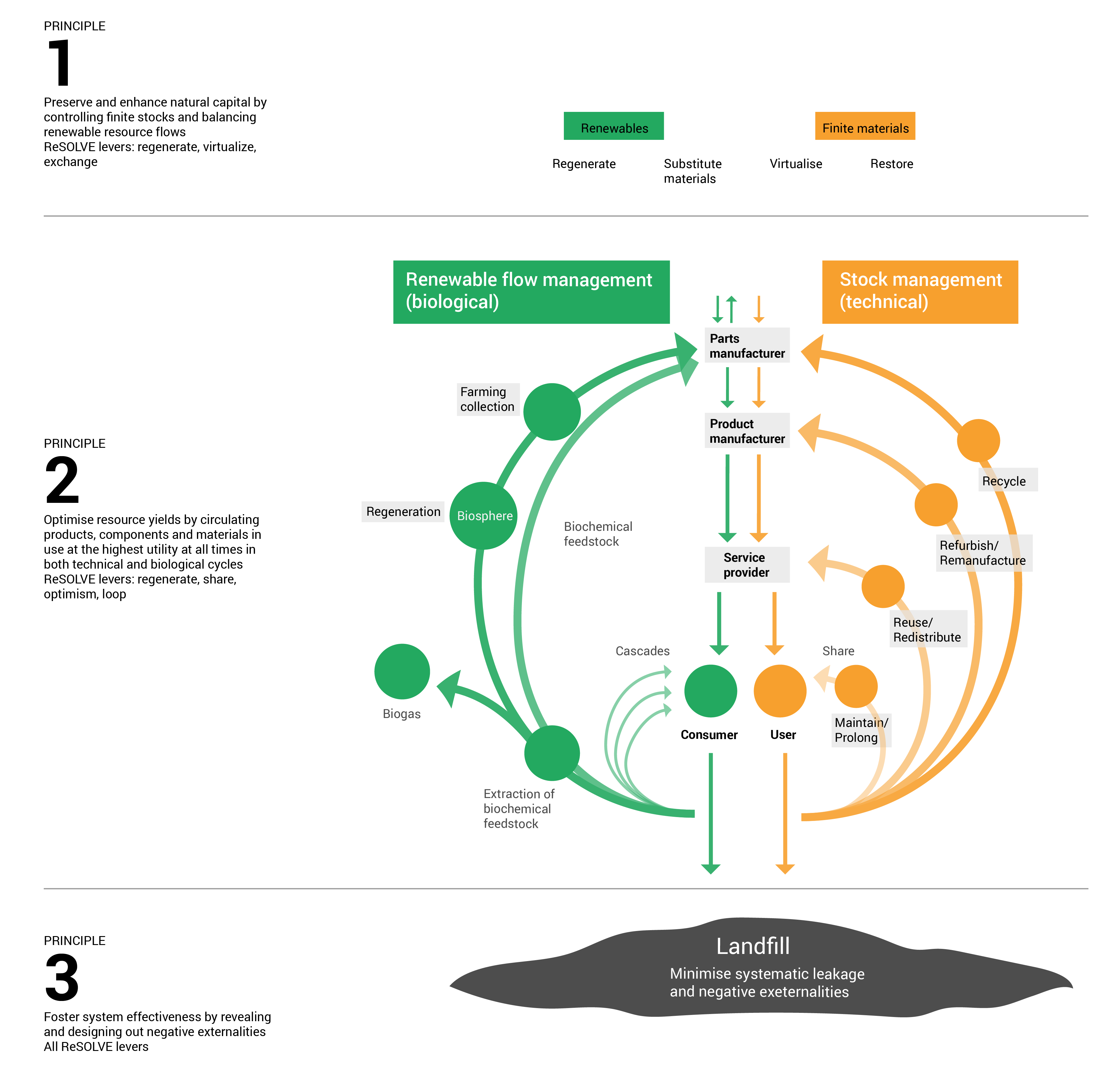
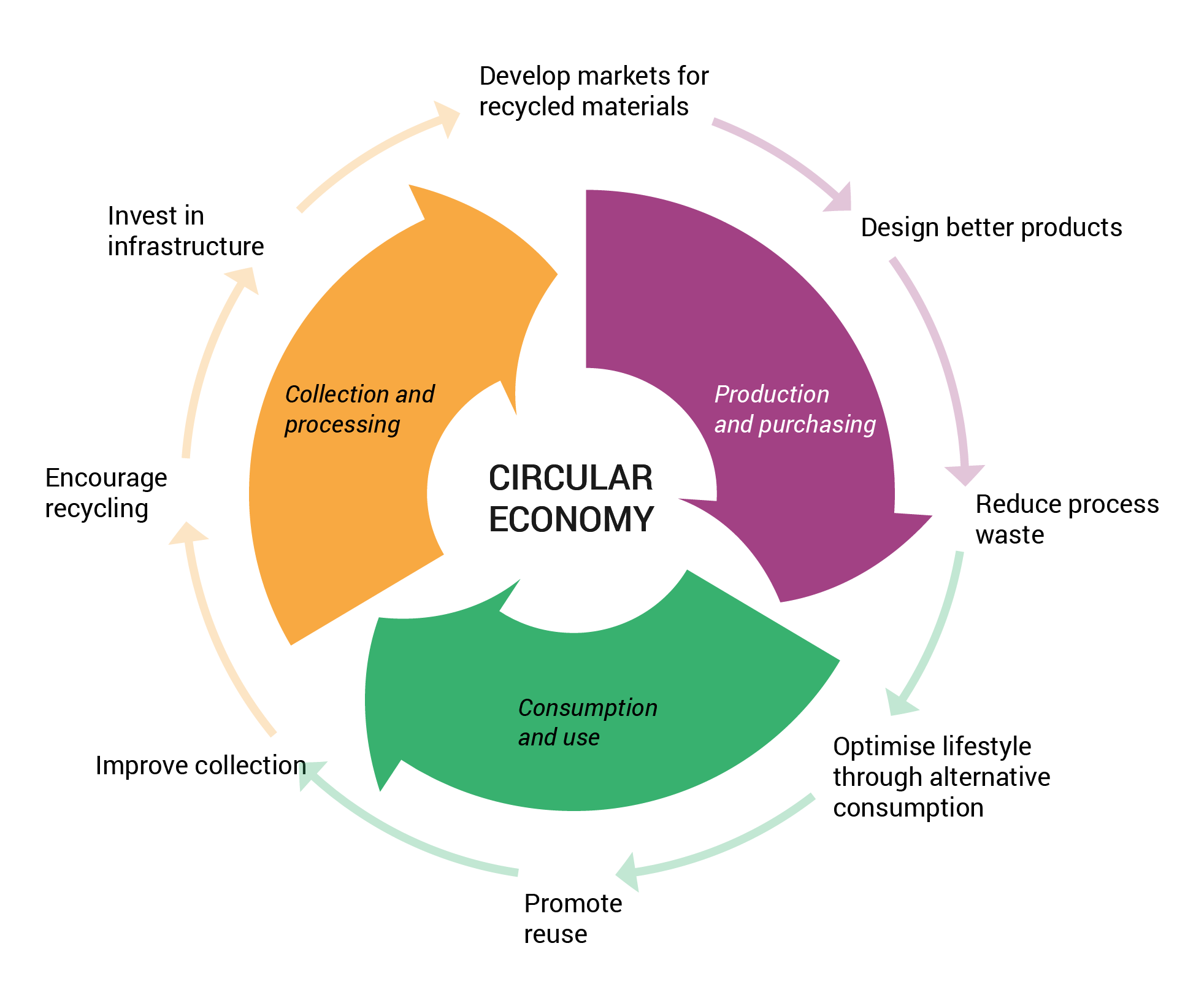
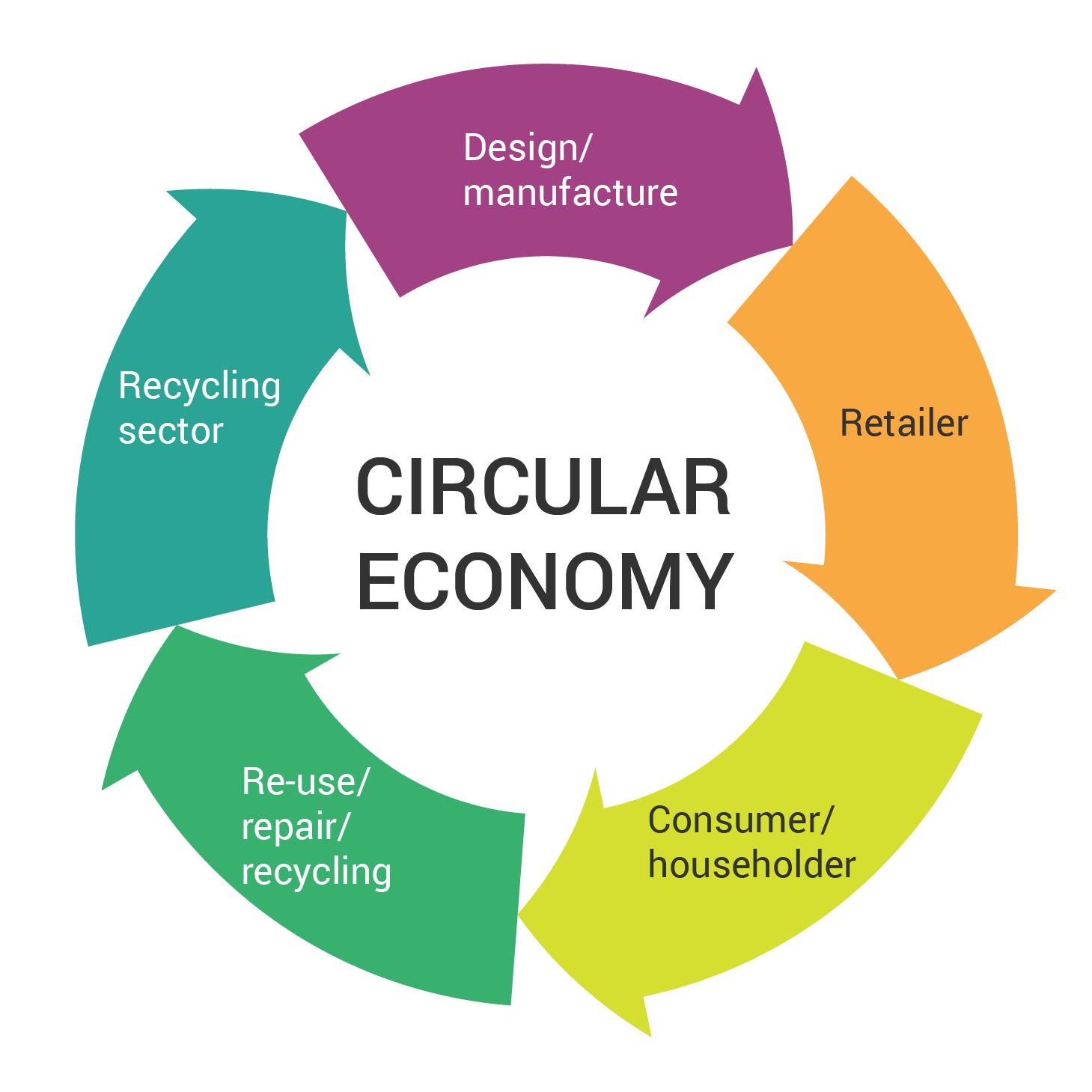
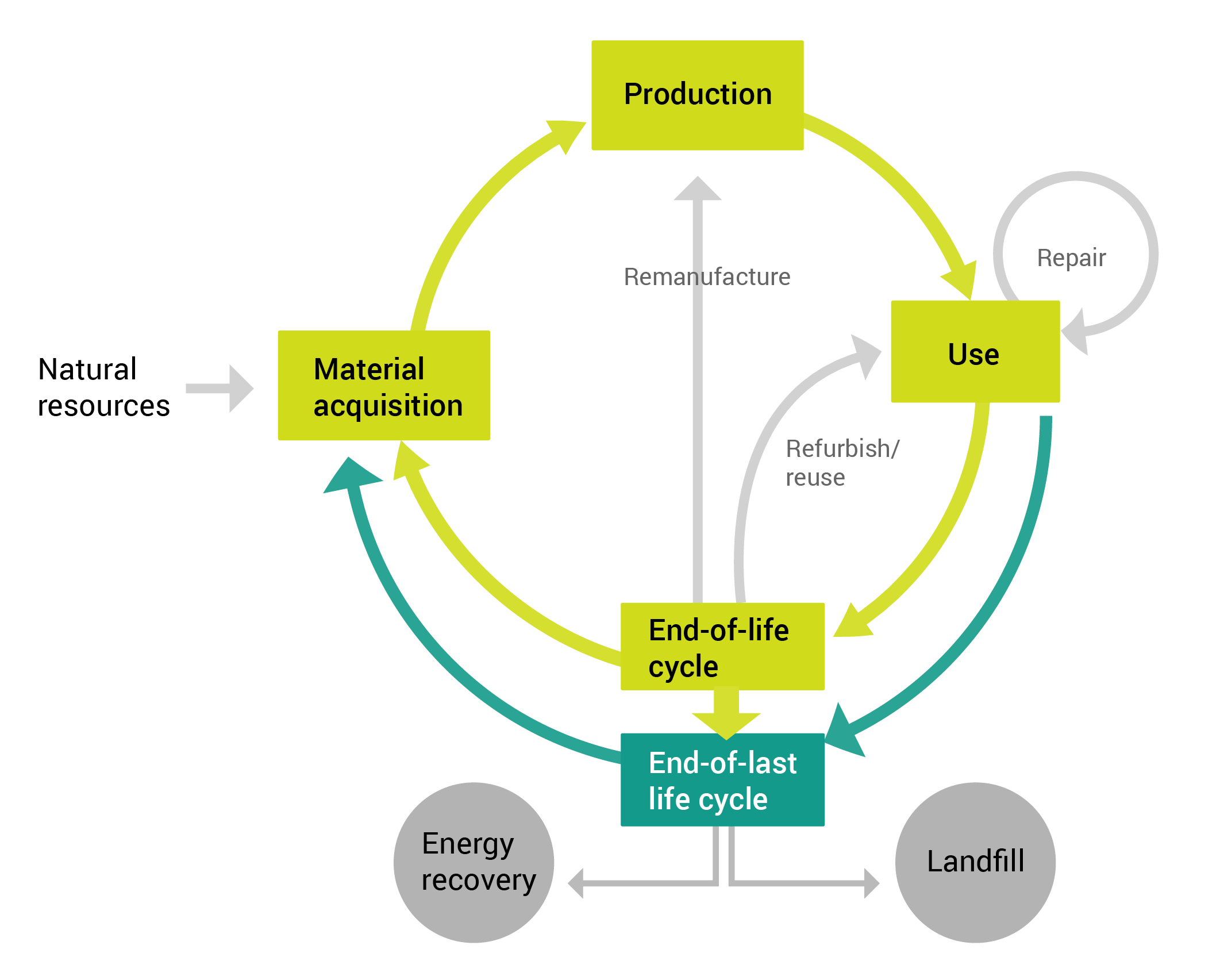

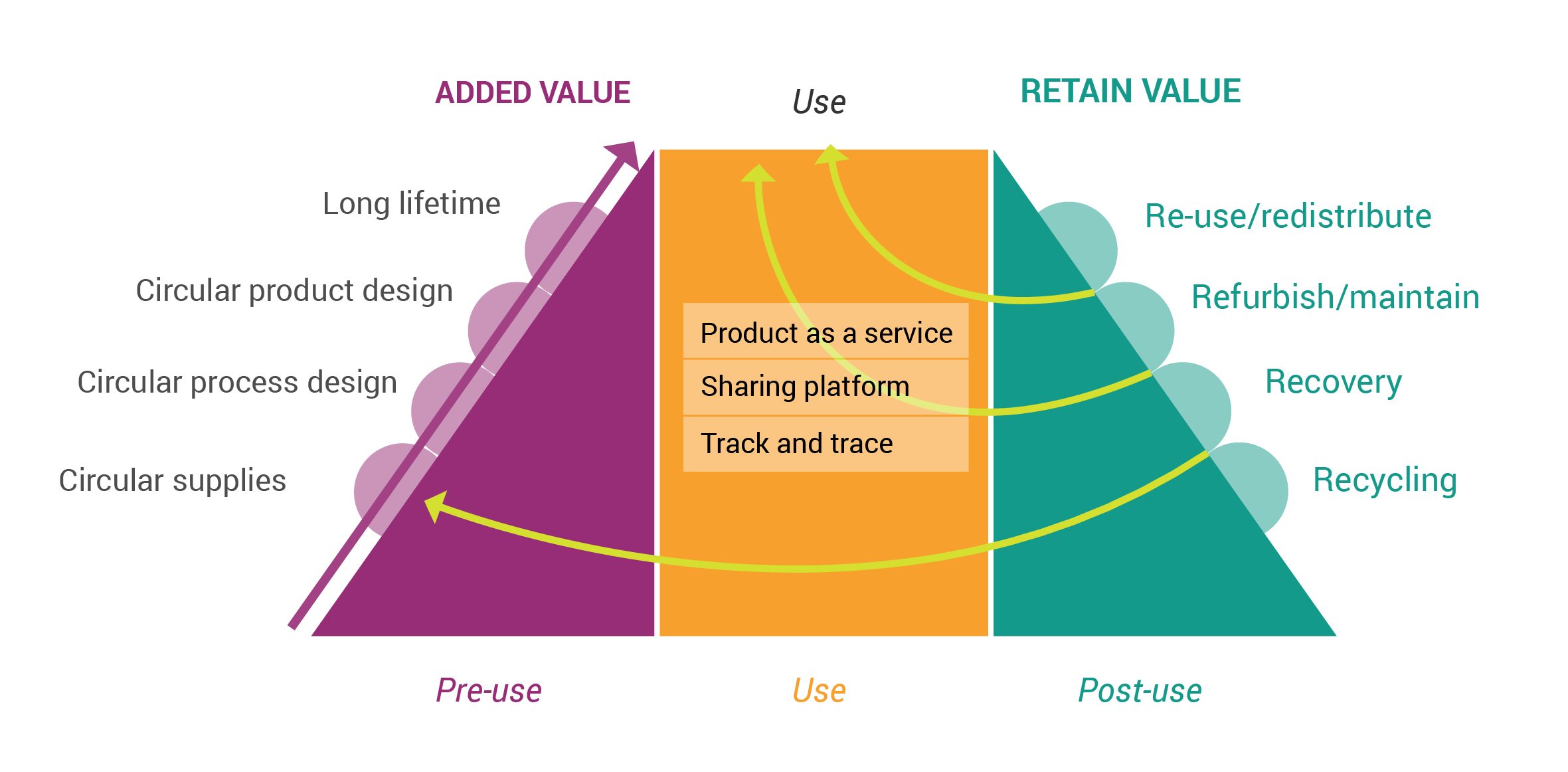
No Comments